Regensburg & Bad Windsheim - Bavaria Diaries - Germany
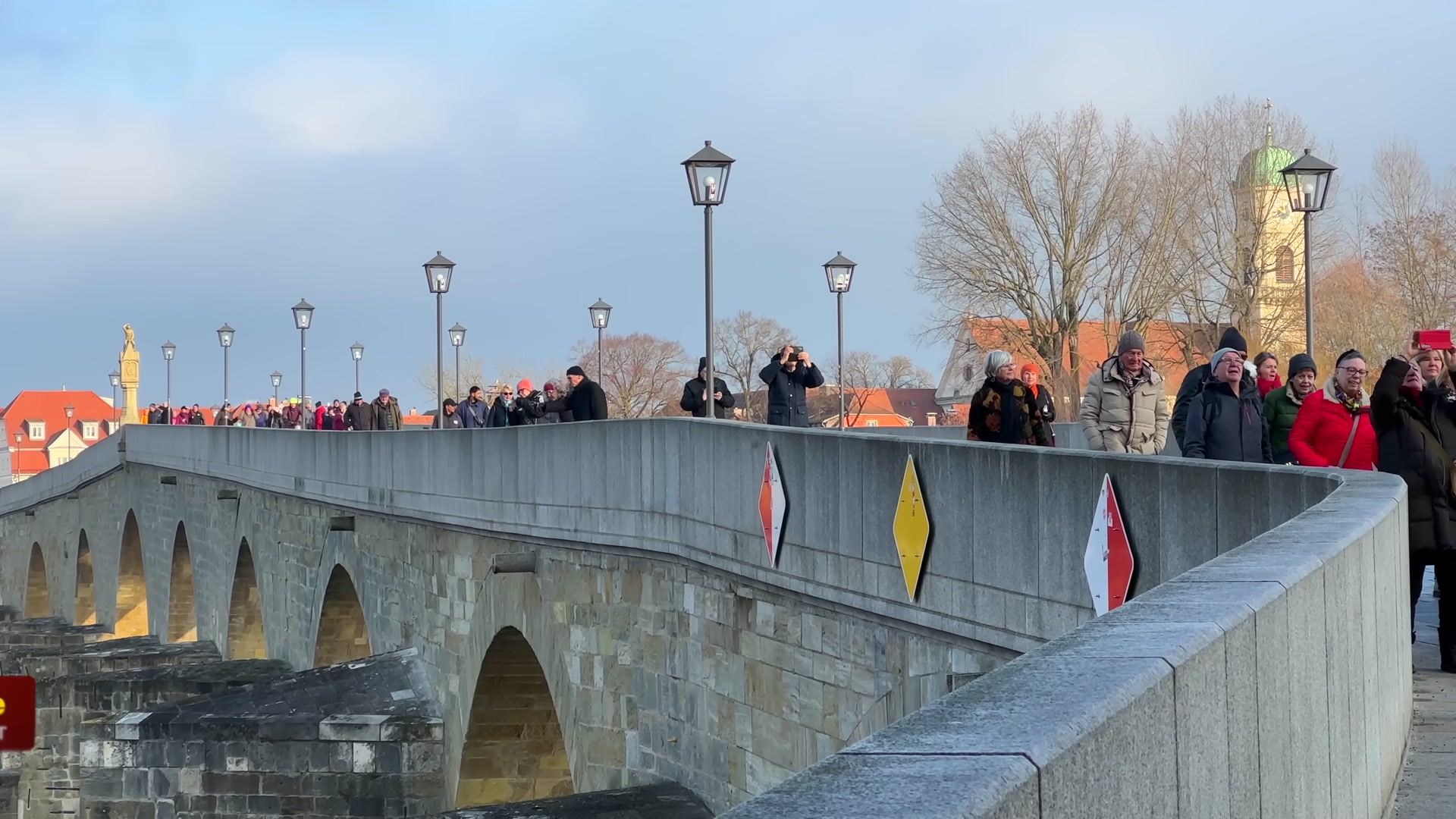
Just 10 kilometers away from Walhalla lies one of Bavaria's most romantic cities. You might remember the fairytale town of Rothenburg I mentioned earlier. Regensburg reminded me of Toppler’s city, only about three or four times bigger. The houses are taller, the streets wider. Yet in terms of vibrant buildings, colors, historical and cultural heritage, they are quite similar. However, Regensburg feels far less crowded with tourists. You can stroll almost alone through the streets, enjoy peaceful moments inside old churches, wander beside the cathedral or walk beneath the stone arch built in the Roman era of the 2nd century ad.





Regensburg’s Town Hall served for centuries during the Middle Ages as the council building of the Holy Roman Empire. In fact, the empire’s legislative body operated continuously in this city for 143 years. Regensburg is also home to one of the oldest continuously operating restaurants in Europe. It started as a kitchen to feed workers during the construction of the stone bridge. Once the bridge was finished, it turned into a sausage house and has been operating ever since. Its most famous feature is its homemade mustard and you can take as much as you want. This place might just be the city’s gastronomic highlight. As soon as you step outside, you will spot the city’s symbol, the 12th-century pedestrian bridge spanning the Danube. This bridge, over 300 meters long, was considered a major medieval engineering achievement.
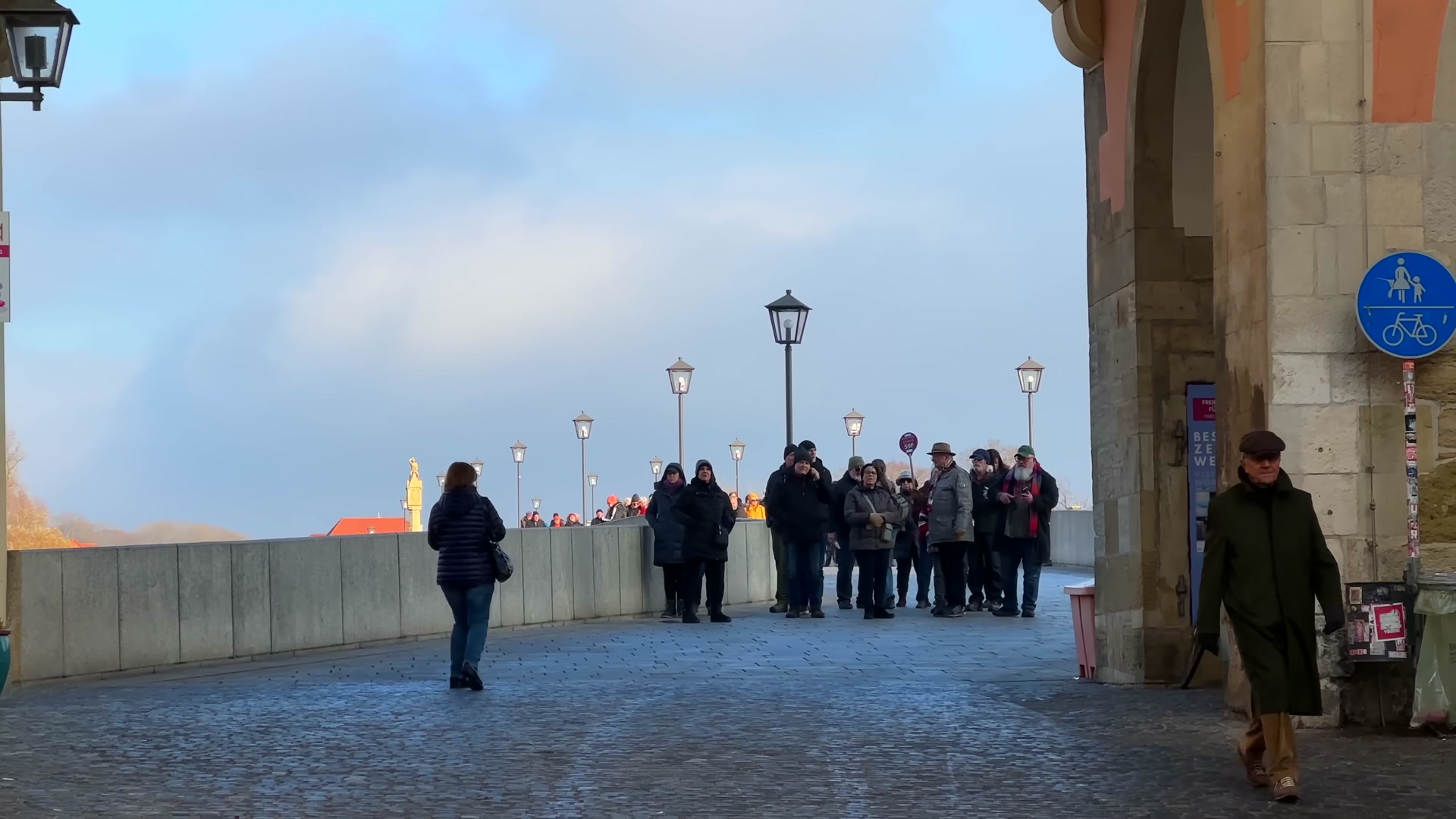


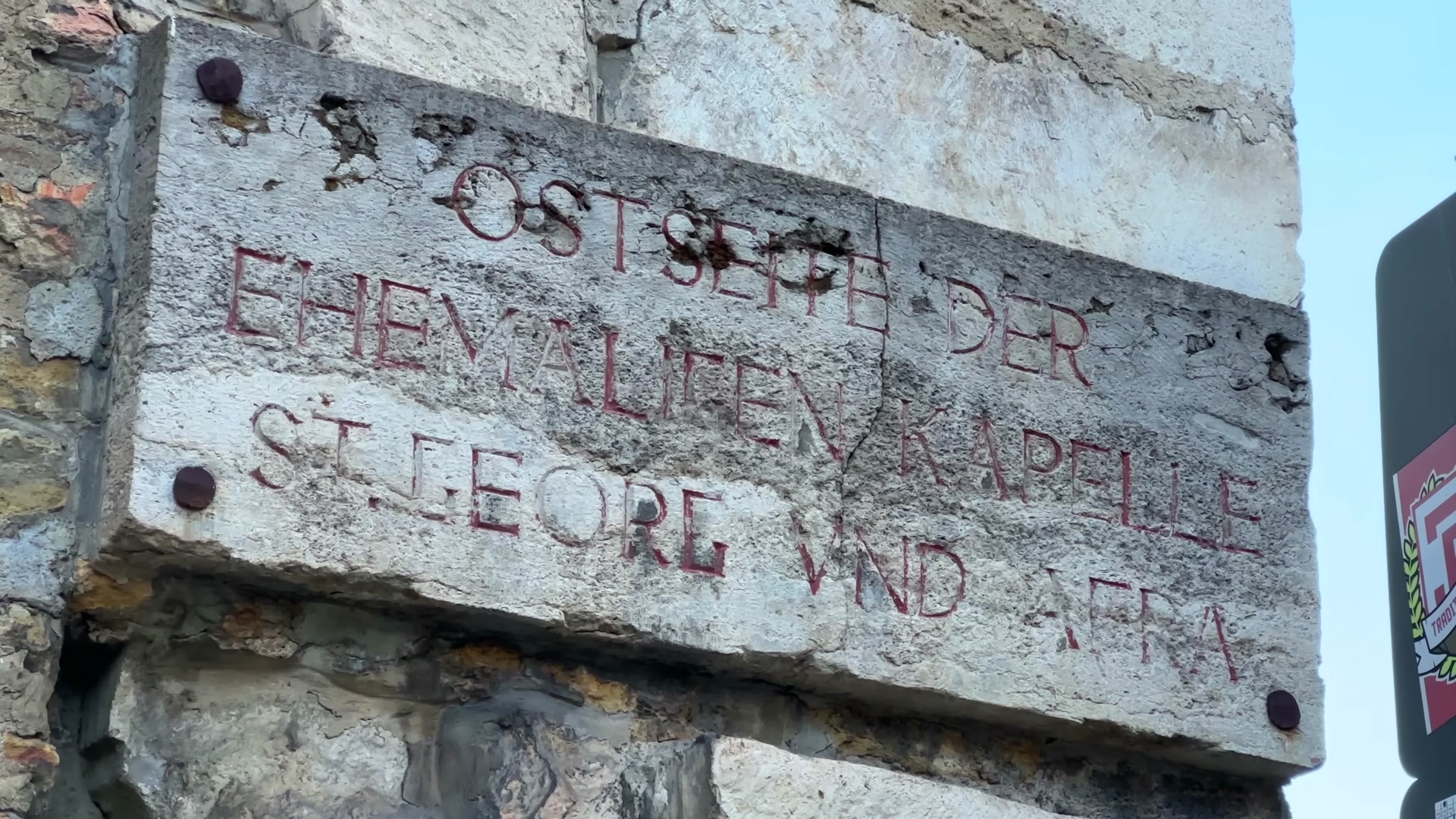
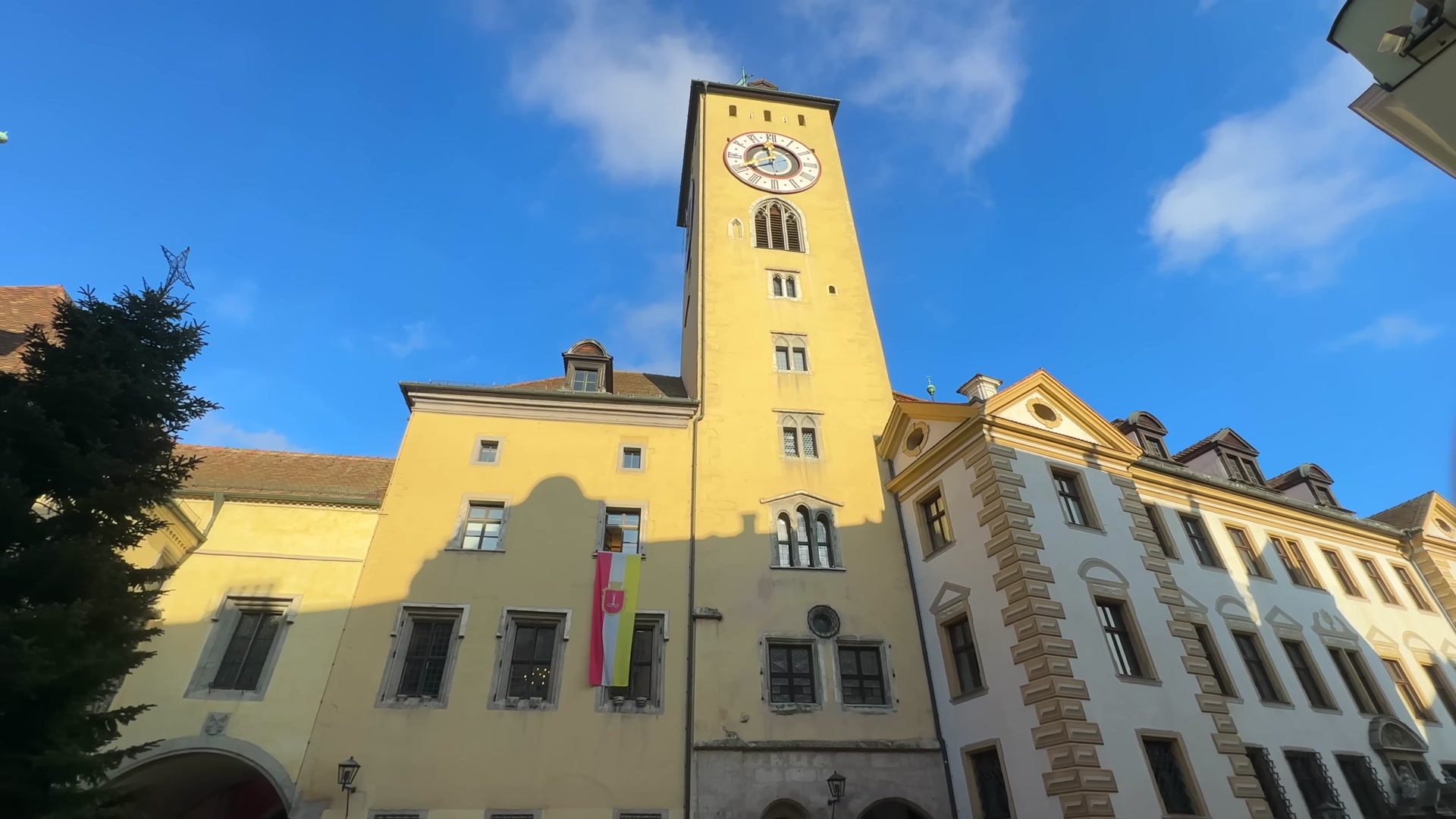
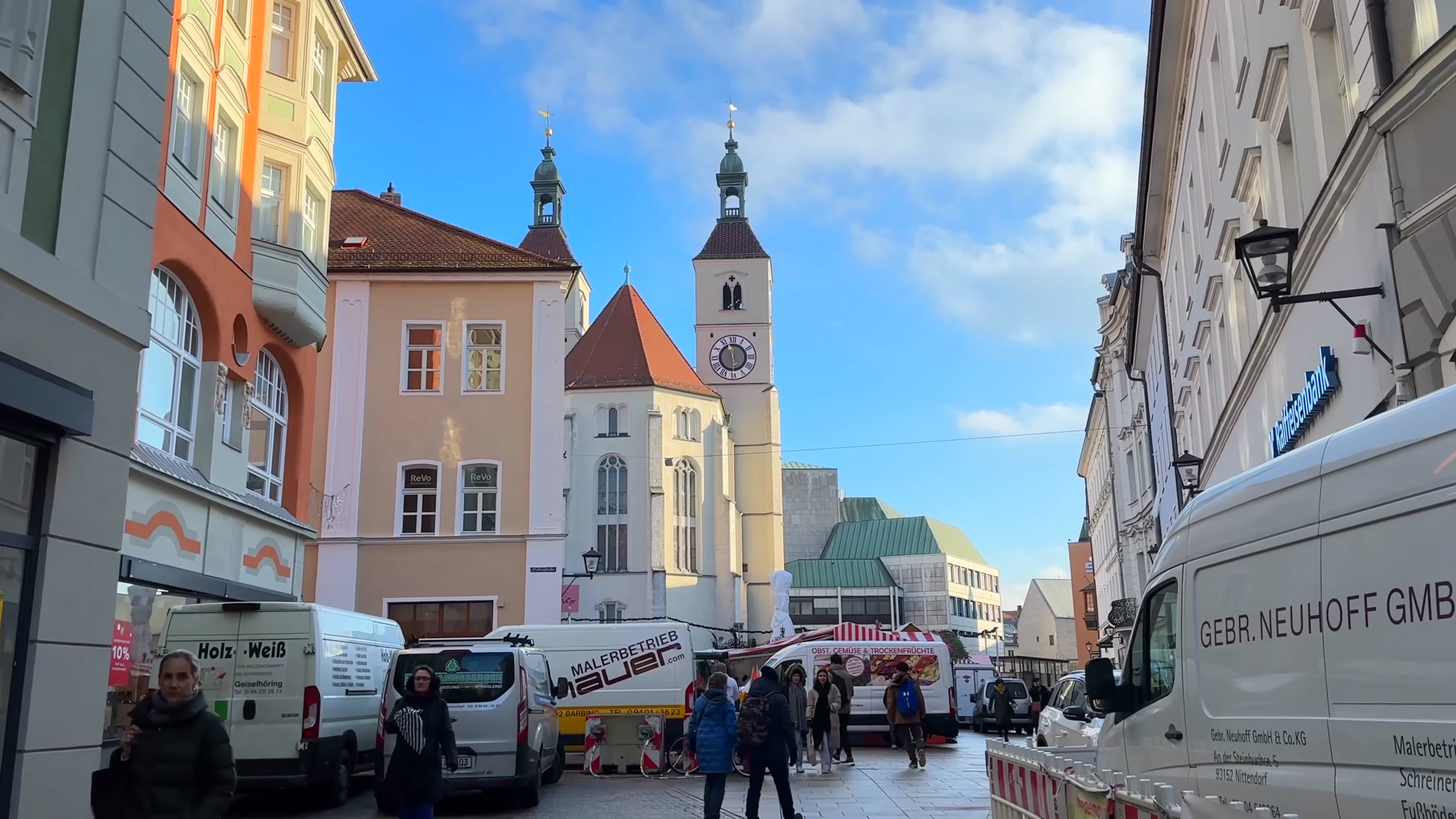
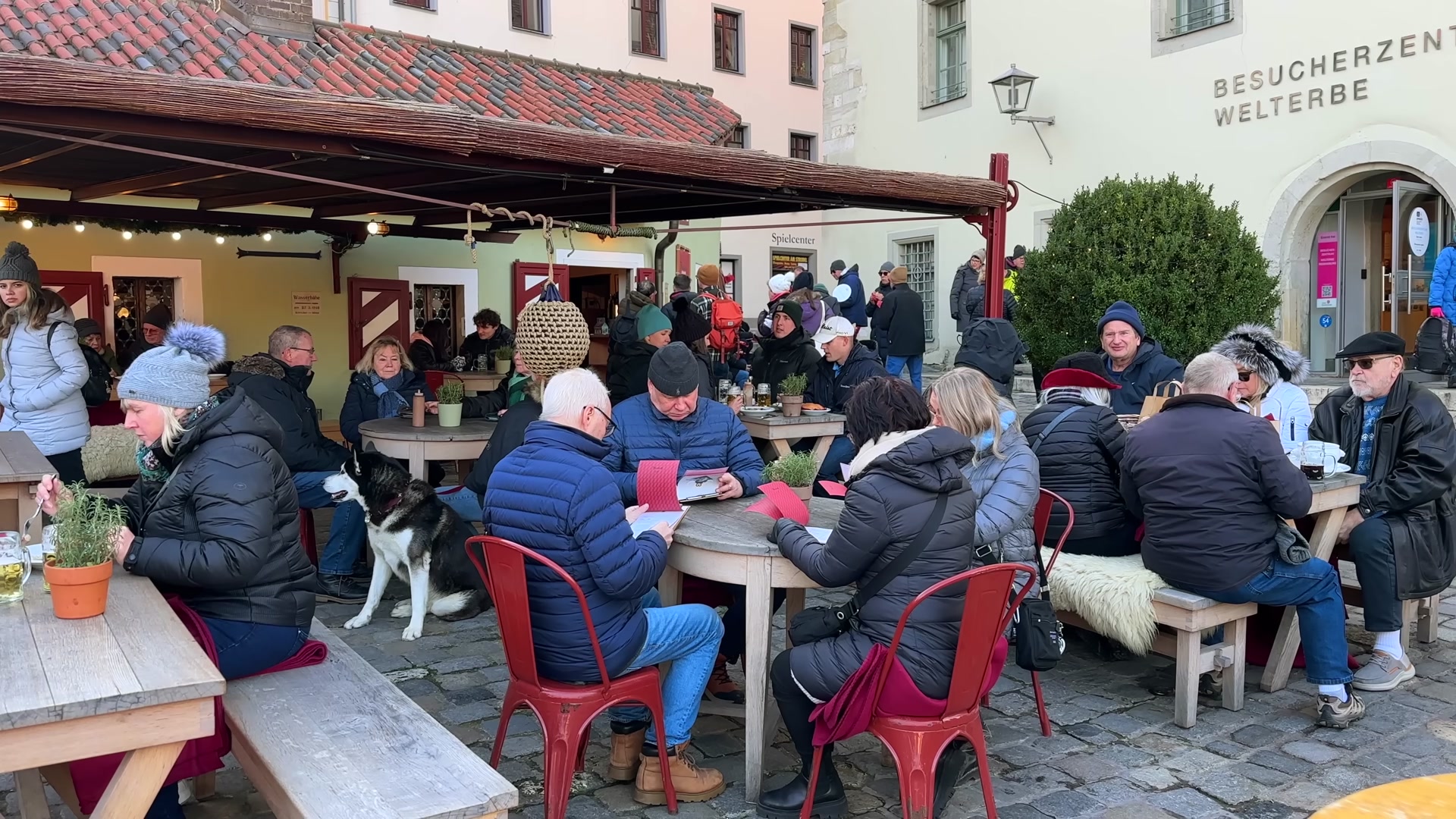

The Regensburg Bridge actually inspired several famous bridges, including the ones in Prague and Avignon. While crossing it, you will notice curious whirlpools in the river. Locals call them strudels because of their resemblance to the famous pastry. There are at least two excellent places in the city where you can try this dessert. You will find varieties filled with curd, rhubarb, sour cherries and of course classic apple. I strongly recommend giving them a try since the aroma alone is amazing.


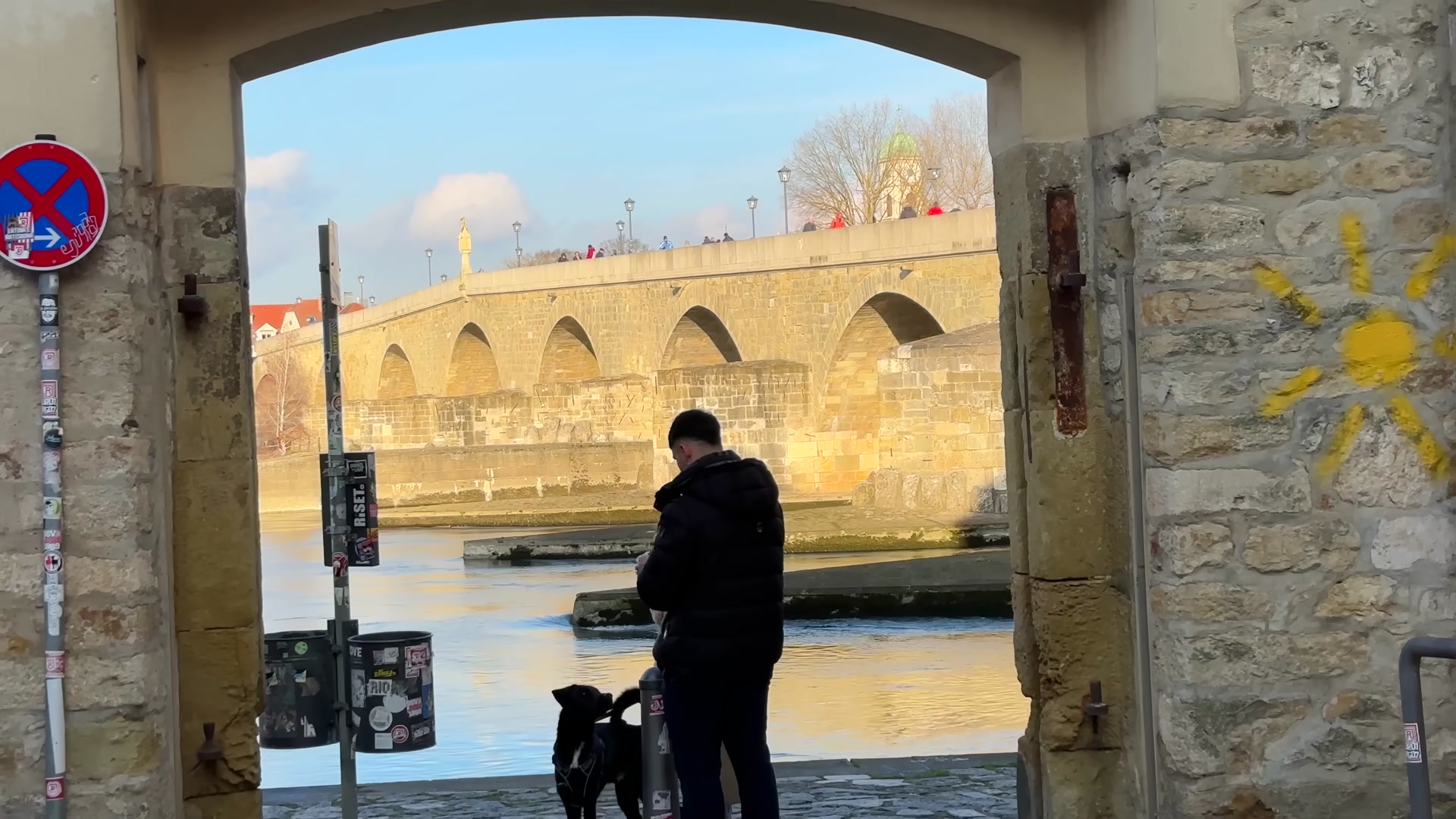


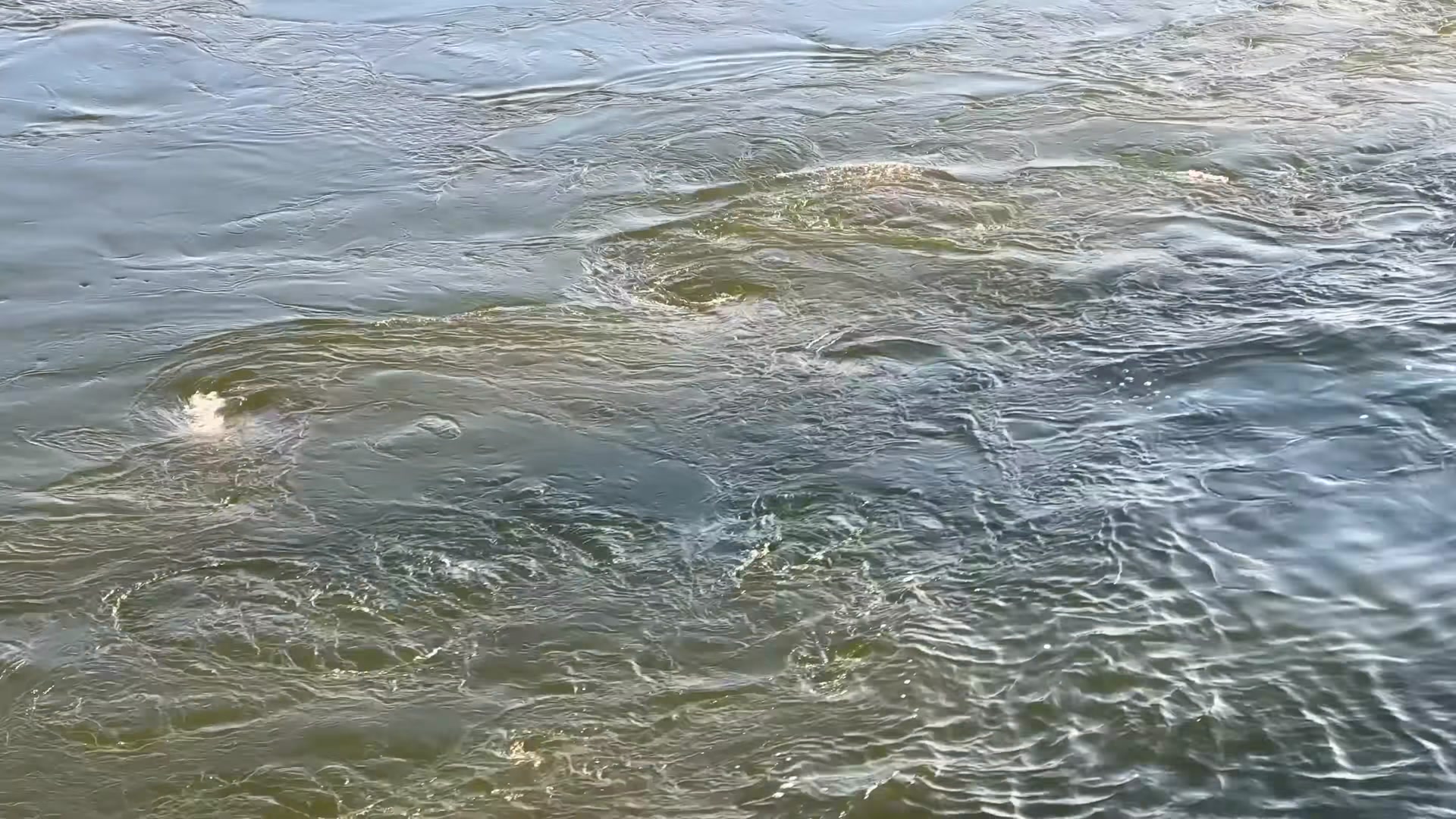
Bavaria has always been famous for its traditional hats. If you are looking for a nice souvenir, be sure to check out the local shops. The designs are lovely and best of all, they embroider your initials inside with golden thread, which makes it a really special keepsake.

As in many European cities, Regensburg’s wealthiest families once competed to build the tallest towers. The Golden Tower here was originally built in 1260 with four stories and by 1300 four more floors were added. The most surprising part is who occupies it now. The city council? The finance office? Maybe a Bavarian Ministry of Sausages? No. Since 1985 this historic building has been used as a student dormitory. Out of Regensburg’s 120,000 residents, about 20,000 are students. And if it happens to be a boys-only dorm, well, that sausage ministry joke might just fit.


Now let me take you somewhere you have probably never heard of. Bad Windsheim is a classic yet somewhat provincial Bavarian town located about 50 kilometers from Nuremberg. I used it as a base for my Bamberg and Rothenburg trips. I arrived from Nuremberg, stayed three nights and got a good sense of the place.
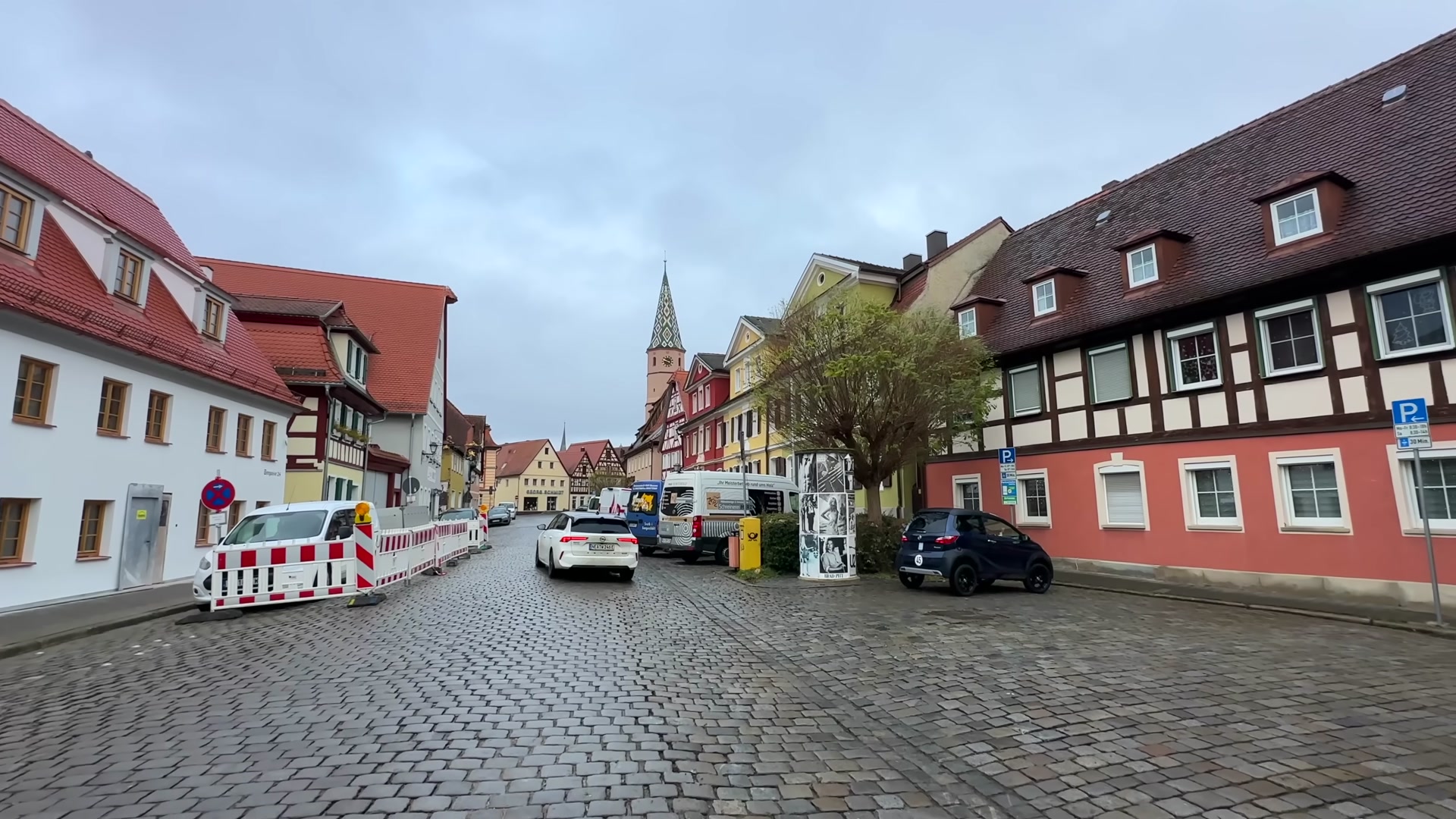
It is a charming little town with a well-preserved historical character and to me it truly captures the spirit of Bavaria. On the right side of the main square stand three symmetrical buildings that differ only in color. On the left is my hotel. As you can see, it is a modern building, quite different from the half-timbered houses around. Sadly, there is a reason for that. This used to be the site of a legendary brewery that burned down in 2015. The current apartment hotel was built by the same family, who have been brewing beer here for 180 years. After the fire, they moved production elsewhere but remained active in the restaurant, bar and real estate business.


Another notable landmark is the Lake Chapel, named after a nearby lake. It even has a sundial, though it was not working when I visited since Bavarian winters are rarely sunny. Still, we were lucky to catch a bit of sunlight. The chapel houses a replica of Tilman Riemenschneider’s famous 1506 work. You might recall his name from my Rothenburg stories. The original was made for St. Kilian’s Church, which sadly burned down. Miraculously, the altar survived and is now in Haldenberg, possibly Germany’s most beautiful town.

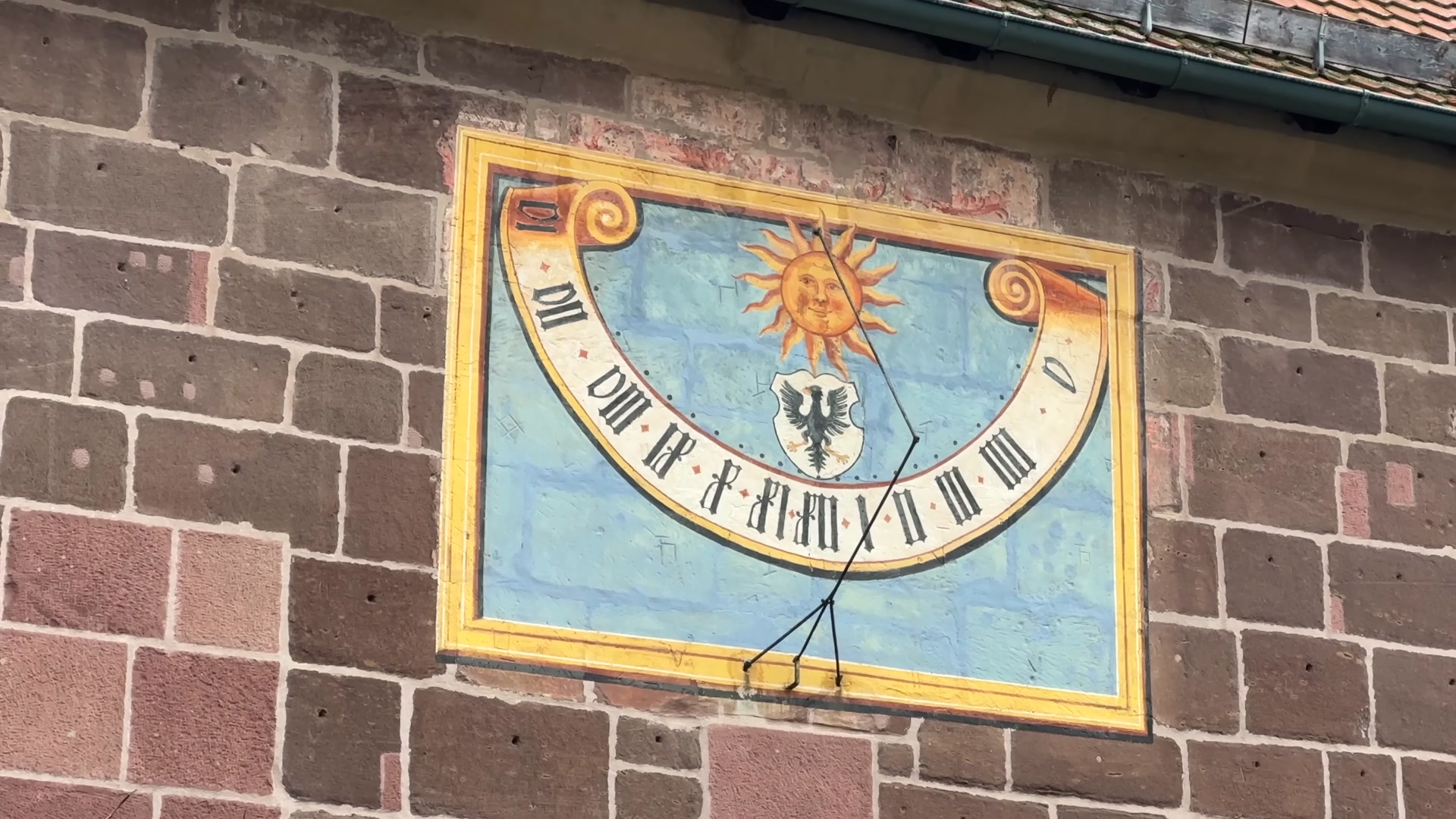
I continued my walk through the town’s mostly pedestrian-only streets. Some cars do pass through, likely belonging to locals. I did not see any residents-only signs but there is a strict speed limit of 30 kilometers per hour.


Our next stop was the Beautiful Fountain, dating back to the 15th century with its wrought iron railings added in 1590. The fountain received its current look toward the late 18th century, around 1790 I believe, though I will double-check. On the left stood a baroque or maybe even rococo building that looked like it was from the 18th century. Even if the ground floor is not in the best shape, finding a rococo-style building in such a small town is a treat.

The town feels alive, though the streets were quite empty. But if you head to Rainbow Square in the evening, you will likely find most of the locals there. After all, December means Christmas markets all over Germany. The size and style may vary but these markets are an essential part of the season. While this town may not be lavishly decorated, the festive spirit is definitely there.

Bad Windsheim is especially famous among visitors for two reasons. First, its amazing thermal baths. Thanks to these natural springs, the town earned the title Bad, meaning spa, in 1961. The thermal waters attract many visitors every year. They are truly high quality and the spa facilities are impressive. If you love thermal waters, this place is a must. You will not regret it. The salinity of the water is almost like the Dead Sea. I am not joking. They are known for their healing properties. Second, the town is renowned for its Open-Air Rural Life Museum. I arrived on foot at the 1570 Clerk’s House, a typical half-timbered Fachwerk building. It is stunning and captivating. It makes you wonder how these seemingly fragile timber-frame houses have survived for centuries. Back then, people used whatever materials they had, like straw, mud or stones, to fill the walls for insulation. And yet they have stood the test of time.
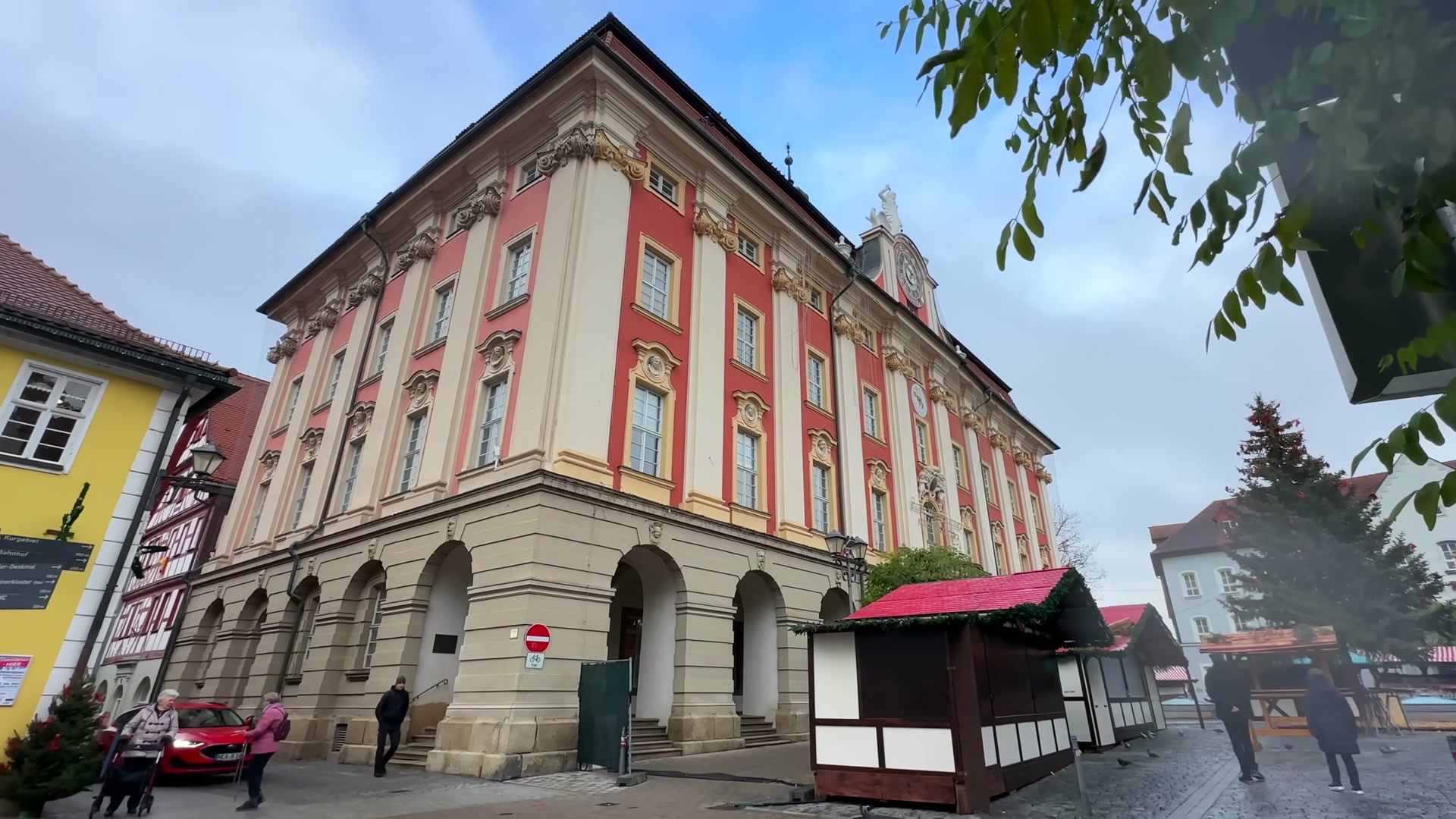
Interestingly, Fachwerk houses were once the cheapest construction style and common among the working class. Of course, the wealthy built stone houses. But today, these modest timber houses attract tourists from all over the world. Everyone comes to admire and photograph them. They have become city symbols. Life works in mysterious ways.
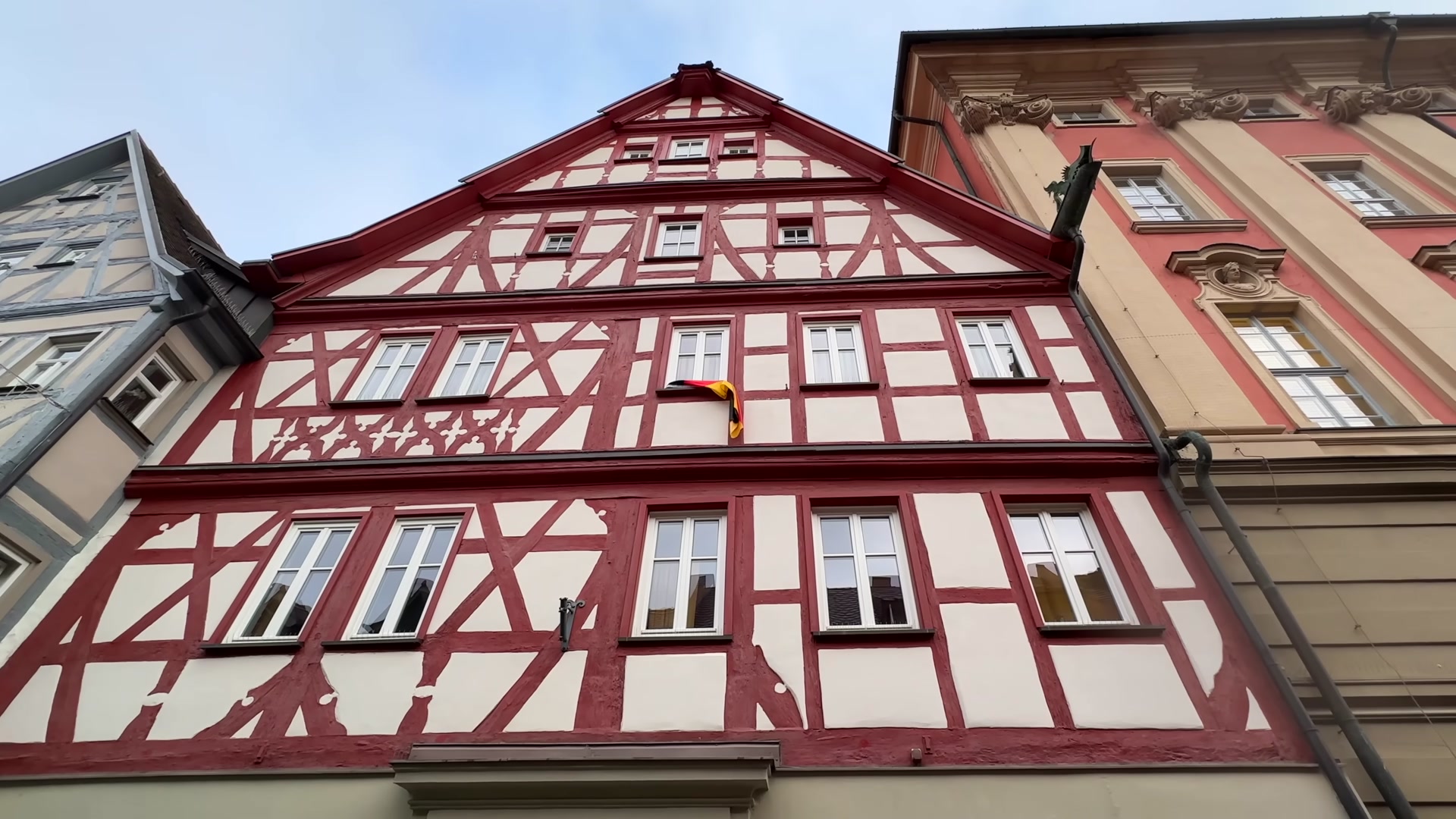
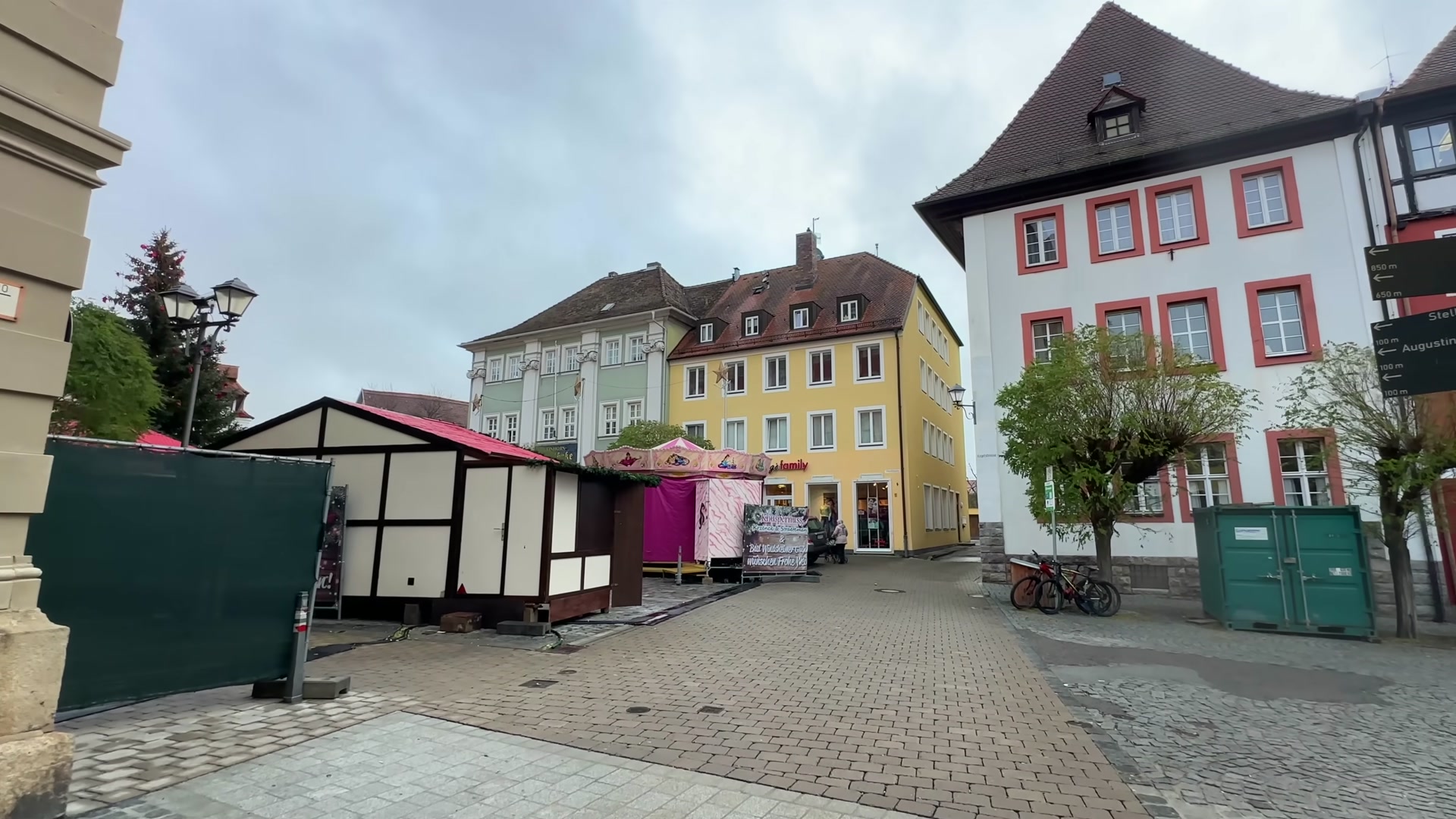
Next to the Clerk’s House stands the imposing Town Hall. Considering the town’s population is only about 12000, you might wonder why such a grand building was necessary. It even has an astronomical clock. It is very impressive. The massive town hall was built in 1717 but suffered severe damage in a great fire just 13 years later. It was rebuilt in 1732, giving it the appearance we see today. The St. Kilian’s Church was also rebuilt on the site of the town’s first church, St. Martin’s.

Nearby is the Roland Monument, erected to honor those who died in World War I. Built in 1928, new name plaques were added after World War II.

In the evenings you will find a cozy spot where they serve mulled wine. Like every region in Germany, this town has its own varieties. Some might also be found in France but Germany truly stands out for the diversity of its mulled wines.

On the right side is the former Augustinian monastery. The monks arrived here in the late 14th century but mysteriously disappeared toward the end of the 15th. Today, this building has housed a library for nearly 500 years. Since 1529, to be exact. The building is half-timbered with a stone façade, which shows just how ancient and significant it is.


And so, I wrapped up my Bad Windsheim tour. I wanted to end on a cheerful yet touching note and there it was, perhaps the town’s most adorable statue. It is dedicated to the famous naturalist and physician Georg Wilhelm Steller, born here on March 10 1709. After studying here, Steller moved to St. Petersburg in 1734 and later joined several expeditions led by the explorer Vitus Bering, venturing into the eastern frontiers of the Russian Empire.

Why such a cute statue, you might ask. Because it depicts a tiny Steller’s sea cow, one of the creatures Steller discovered. Sadly, this species went extinct by the late 18th century due to overhunting. Apparently, their meat was delicious. But they were huge, weighing up to four tons and growing eight meters long, making them easy targets. In this statue, Steller himself is shown as a little child. These sea cows had a lifespan of 50 to 80 years. If they had survived, they could have enjoyed a comfortable retirement in Europe but sadly, it was not meant to be.

That is all from me for now. Thank you so much for reading and see you on my next journey.
You can check out this post and your own profile on the map. Be part of the Worldmappin Community and join our Discord Channel to get in touch with other travelers, ask questions or just be updated on our latest features.
This is a very beautiful city, the appearance of the buildings is very interesting and has very cool architecture with a very good design and looks very peaceful and calm, I really enjoy it.
Totally agree. The buildings are something else and it's got such a peaceful feel. Glad you enjoyed it
One of my dream cities to visit. Wow, I can't wait.
Hope you get to visit soon. It's definitely worth the trip. 😊
It's a very beautiful city and I'm very happy to learn about it. These buildings are very beautiful and look great.
Awesome! Happy to hear you found it beautiful and loved the architecture.
Hiya, @ybanezkim26 here, just swinging by to let you know that this post made it into our Top 3 in Travel Digest #2623.
Your post has been manually curated by the @worldmappin team. If you like what we're doing, please drop by to check out all the rest of today's great posts and consider supporting other authors like yourself and us so we can keep the project going!
Become part of our travel community:
YEAH!... Lovely article and impressive shots here @rebet friend!
!discovery shots
This post was shared and voted inside the discord by the curators team of Discovery-it in collaboration with Visual Shots community.
Discovery-it is also a Witness, vote for us here
Delegate to us for passive income. Check our 80% fee-back Program